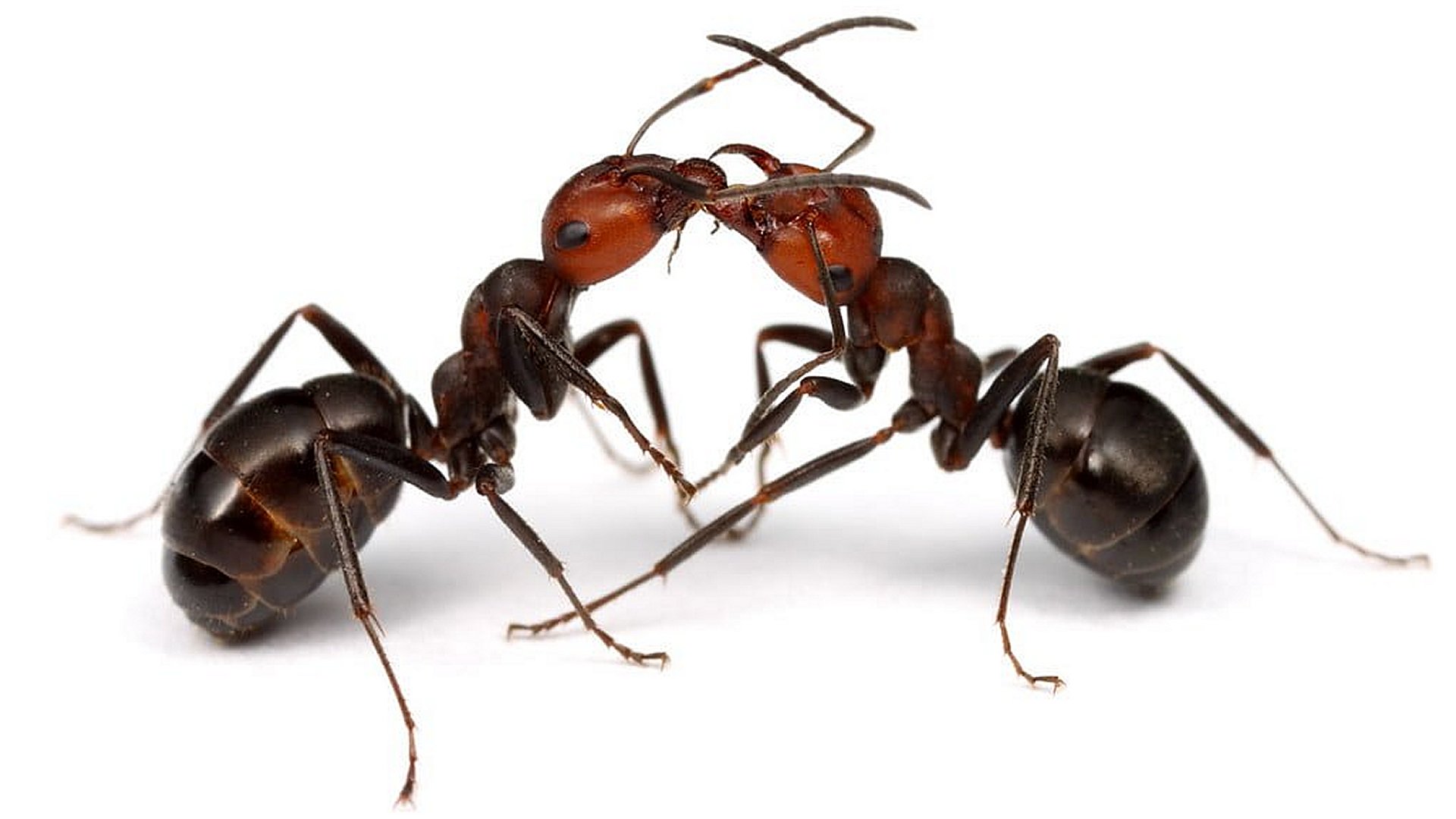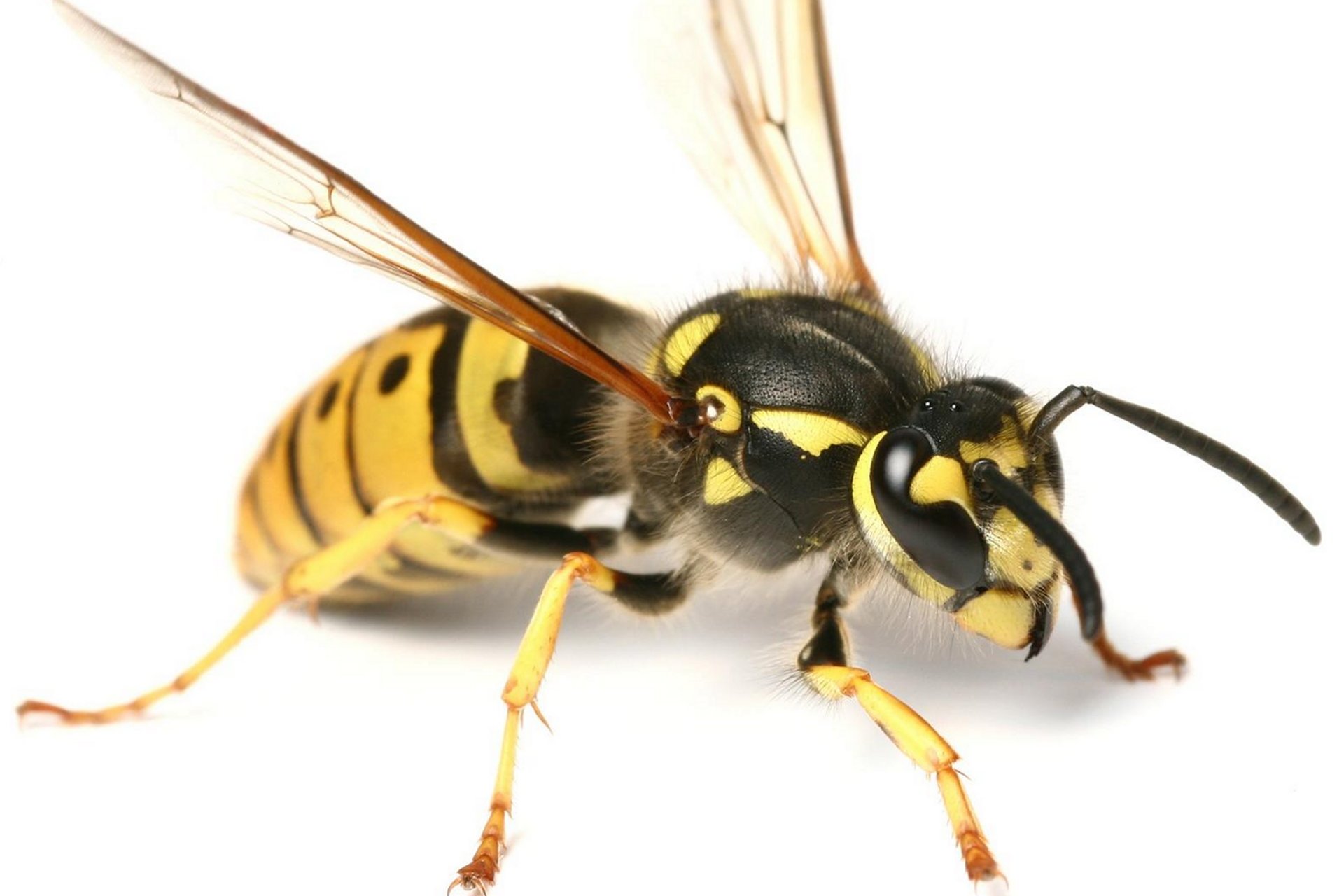
Ants
21 June 2024Get Rid of Wasps - Bristol and North Somerset
Share this article on social media
[social-share]Ian Thomas, creator of Bristol Pest Control Ltd. and www.bristolpestprevention.com is Bristol's longest serving pest controller. In this article Ian discusses wasps and wasp nest removal.

Wasp Nests
If you’re seeing a large number of wasps in and around your home or work, there’s probably a wasp nest or a substantial attractant nearby
Wasp nests come in many different shapes and sizes. They’re amazing pieces of architecture that can contain up to 5,000 wasps during peak activity in late Summer. They build their nest using chewed wood and saliva to make a papier mache material. The nest material is durable, lightweight and surprisingly waterproof. Hundreds of wasps produce this papery material to build out their nest. Every wasp nest is both unique and shares characteristics with other colonies of the same species. One nest may produce 3,000-8,000 wasps in a year.
Wasps abandon their nests after the Summer and won’t return to it the following year.
Wasp or Bee?
Bee’s are an important, beneficial species rarely considered a pest, and a bees’ nest is rarely treated unless it’s a significant threat to public health as last resort.
Bees are hymenoptera, specialising in flowers, eating nectar for energy and pollen for protein. Bees of all types are essential to our ecosystems, being the highest number of pollinating insect. An estimated third of all crops are pollination-dependent, including those used in livestock feed, covering 70 different types of crop.
Natural Pest Controllers
Wasps are natural pest controllers and tend to eat other insects. Workers, all sterile females, forage for over a mile in search of food. At their peak in August and September with the youngsters reared, the workers turn to the sweet food they prefer and become a nuisance.
At the end of the year when the colder air arrives, and fruit starts to perish quickly, wasps start to starve or die of the cold.
Queen Wasp
The queen wasp is larger than a normal wasp (about 20mm). She hibernates over winter, making a nest in the spring in which to lay her eggs. She feeds the grubs on insects until they develop into worker wasps, three to four weeks later. The adult worker wasps start to die off, and the new queen wasps go into hibernation and emerge in the spring to initiate the process again, building completely brand new nests.
Preventing wasps and their nests
Prevention is always better than cure. There are things you can do to stop wasps invading your home or business: Windows and doors - simply keeping your home secure will stop wasps wandering into the house. Standard fly screens can help stop wasps getting in, while remaining cool in the hotter months. Keep your bins shut - open bins will attract greedy wasps looking for a cheap, sweet meal. Keep you bins away from the house and make sure the lid is on properly.
Check for nests early - you can check all the most likely spots of wasps each Spring when the nests are tiny and easy to deal with. They’ll be about the size of a golf ball. Check the loft, garage, shed and under eaves.
Get rid of wasps for good
Send us your details if you have a wasp problem and we'll be in touch to see how we can help you.



